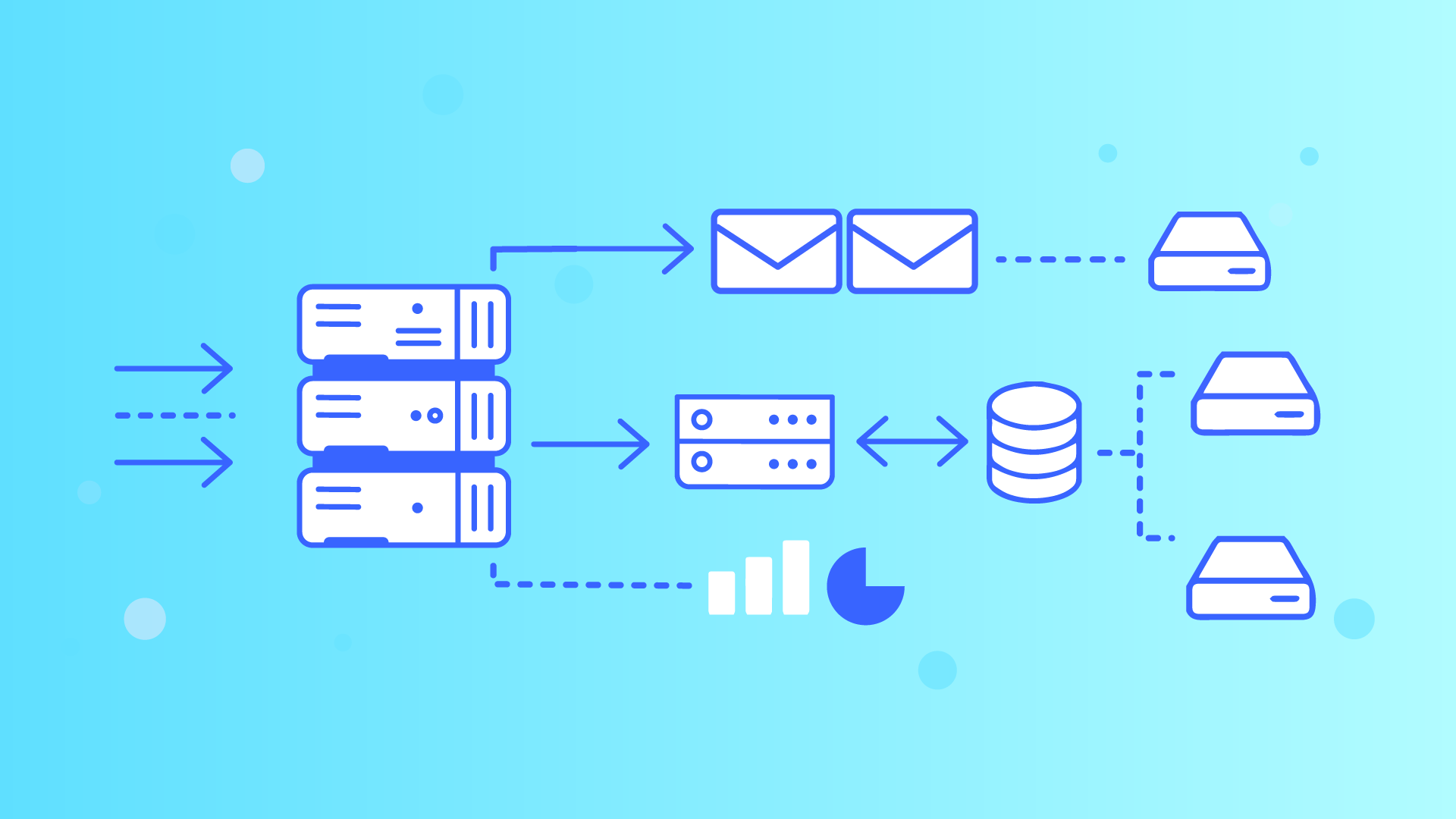The concept of data pipeline architecture has been around for decades in the technology industry. Still, its popularity among business leaders has increased significantly in recent years as organizations have invested heavily in big data and artificial intelligence (AI) initiatives. Here’s what you need to know about the basics of this concept, including how it can be useful to your organization and some questions you should ask before diving into an initiative that incorporates it.
So what is data collection? According to the experts at Egnyte, ” Data collection is a systematic approach to accurately collect information from various sources to provide insights and answers, such as testing a hypothesis or evaluating an outcome.”
Table of Contents
Basic Information About Data Pipelines
Data pipeline transport large amounts of data from a single source (data producer) to multiple consumers (data consumers). Data producers can be anything from IoT sensors, Web services, devices like telephones, your customers’ credit card machines, and any other devices that generate large amounts of real-time data.
Data Pipeline vs. ETL
The difference between data pipeline architecture (DPA) and Extract Transform Load (ETL) is that ETL is a batch-oriented technology designed to extract, transform, load, or move data between systems based on time-oriented business processes. A data pipeline architecture is more of a real-time technology designed to add value to data on an ongoing basis by processing it. That’s not to say that you can’t use both together; they are complementary technologies.
Why Do You Need a Data Pipeline in Your Business?
A data pipeline may not be a necessary evil, but it does require some engineering effort. So why do you need a data pipeline in your business? The answer is simple: A data pipeline takes your raw log data in an unparsed state, cleanses it of unneeded information, compresses it to an acceptable size, and moves it to where it will be accessed or used. Sometimes these processes are automated or semi-automated, but they require manual intervention at other times.
The Common Types of Data Pipelines
Commonly used data pipeline architectures include extract, transform, load (ETL), query, reporting, and analytics. This type of data pipeline can ingest source systems and batch data in real-time. In addition, they typically use SQL queries to quickly access and analyze large datasets.
Types of data pipeline tools:
Batch Processing
A good way to think about batch processing is to perform data-related tasks with specific dependencies.
Open-Source
If you’re building a new data pipeline, it’s probably cheaper to use an open-source data pipeline solution than one that is proprietary.
Cloud-Native
A software application designed with cloud computing principles in mind.
Real-Time
Data pipeline architecture is a way to move data through your enterprise. Data pipelines are especially important in cloud-based enterprises with more systems with different purposes. Therefore, it becomes difficult to move data between systems efficiently and in real-time.
Industry Perspectives On Building Data Pipelines
This post presents three perspectives on data pipeline architecture from companies in different industries. At its core, a data pipeline is a system that accepts raw data as an input, performs transformations to help cleanse or derive more actionable insights, then stores transformed data into some type of data store. This can be any type of process, but all of these organizations need to optimize their process to enable more efficient operations and faster time-to-market with analytics.
Data pipeline architecture is an effective way to get your data flowing. To make sure that your data pipeline is operating smoothly, it’s important to have a plan.










